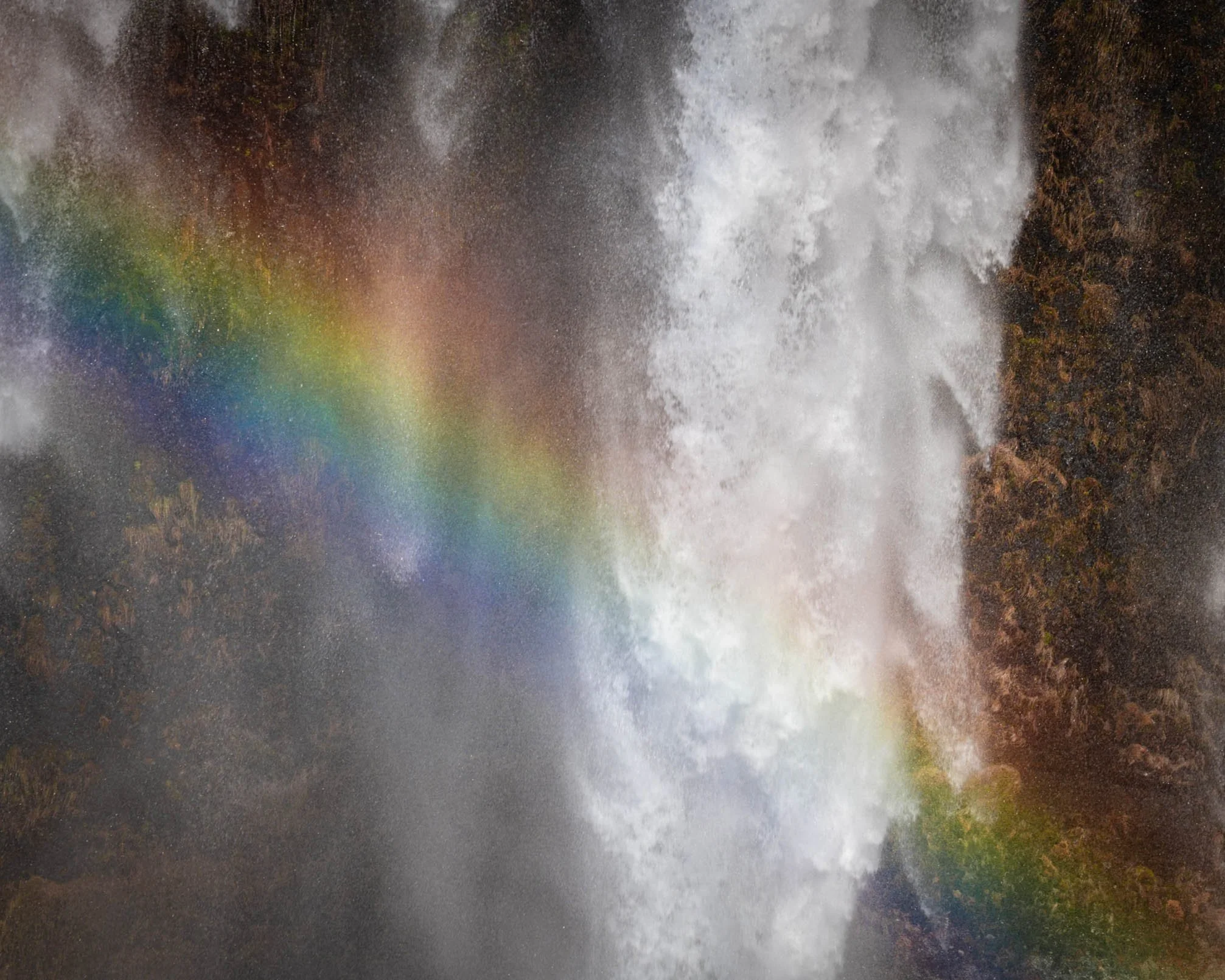Focal lengths for landscapes
I often find that one of the questions I’m asked time and time again when leading my photography workshops is “What lens is best for landscape photography? Wide angle or telephoto?”, to which I reply that there is no wrong or right answer and lens choice comes down to what your subject is and how you want to share the story in your image. But when it comes to landscape photography the majority of photographers tend to lean more towards a wide angle lens in order to capture those grand vista style photographs we often associate with landscape photography.
I was fortunate enough at the start of the year to visit Iceland to take a fantastic group of photographers along the south coast of this photographers paradise, and I wanted to try and show the group how various focal lengths can create different feeling images. Sigma Imaging UK were kind enough to provide me with two of their lenses for this trip that covered both extremes of focal length. Squeezed into my Vanguard Veo Active 49 bag were the Sigma 14-24mm f2.8 DG DN Art and the monstrous Sigma 150-600mm f5-6.3 DG DN OS Sport.
Lets start with the wide end of the scale and what has traditionally been seen as landscape focal lengths. Have you ever found yourself stood at a beautiful location and wanting to take everything in? This is the sort of scenario where a wide angle lens can come into it’s own. At the 14mm end of the scale the Sigma 14-24mm f2.8 has an impressive 114.2º field of view, which is more than enough to take in everything in front of you.
Take this image below of Skogafoss Waterfall on the south cost of Iceland. It is probably one of the best known waterfalls in the world and as a result can get very busy with tourists and other photographers. This meant that I had to get as close as I could to try and eliminate as many of the visitors as I could. That impressive field of view allowed me to get to within 20 meters of the face of the fall, behind the crowds and still manage to get everything into a single frame, including the impressive rainbow as the sun was setting behind me.
Skogafoss Waterfall - Sigma 14-24mm f2.8 DG DN Art
Now compare the next image of the majestic Vestrahorn on the Stokksnes peninsular. This location is not as busy as Skogafoss, and with the vast mountain range in front of you it really is a location where you have to just stand back to take it all in. Again that 114º field of view allows you to capture the whole scene in a single image. Though the wider you go, the more chance you have of introducing a fish eye effect into the image, and whilst modern editing software and in camera profiles work their magic to reduce this effect as much as possible it can sometimes remain. So something to keep in mind when using a wide angle lens.
Vestrahorn - Sigma 14-24mm f2.8 DG DN Art
If we look at the opposite end of the scale and the telephoto or long lens, we can see how these longer focal lengths can be used creatively in landscape photography. The Sigma 150-600mm f5-6.3 DG DN OS telezoom sits in Sigma’s Sports range of lenses and is weather sealed, making it ideal to take in to outdoor locations where the weather conditions can sometimes be less than ideal.
A side effect (if that is the right term to use) of using a long lens is the sense of compression that these lenses can produce, whereby the background can appear closer to the foreground than in actually is. This allows for that dramatic sense of scale to be created, like the image below of a farmhouse with the mountains in the background appearing very large and dominating the image.
But the main reason for using a telephoto lens in landscape photography is to get up close and personal. Sometimes landscape photographers get lost in wanting to squeeze everything into their frame that they often miss out on the intimate details of a scene. I quite often say to those who come on my workshops to start of wide and to work their way in until they are right up close.
Both images below were taken at Seljalandsfoss, another busy waterfall location with tourist and photographers alike. There are a lot of roped of areas at this location which does allow for a clear view of the falls. When we visited this gorgeous rainbow was being cast by the setting sun hitting the spray. Because if the crowds I wasn’t able to get a clear view of the rainbow so had to get up close to the rope barrier and use the Sigma 14-24mm at it’s widest end to fit it all in. But I wanted to try something a bit different so attached the Sigma 150-600mm onto my camera and zoomed in where the rainbow intersected with the edge of the falls. I’m amazed at the detail the lens captured as it has picked up the tiniest of water droplets against the backdrop, creating a powerful and intimate image of this famous waterfall.
To conclude, there really is no ideal focal length for a landscape photography lens. Choose the focal length based on what your location and chosen subject requires, and to convey the story you want to tell. It’s always worth experimenting with different focal length when at a location, and really get that creativity flowing.
Lastly, I’d like to thank Sigma Imaging UK for the loan of the two lenses mentioned in this article. Why note head on over to their website to view their collection and see if there is a lens that fits in with your photography?







